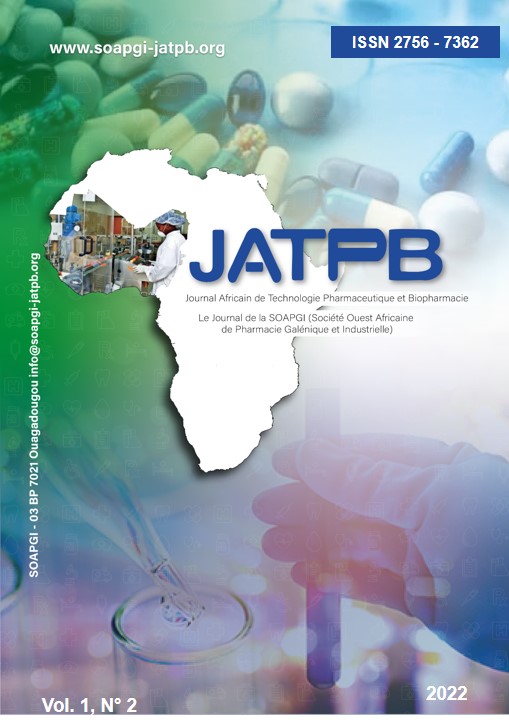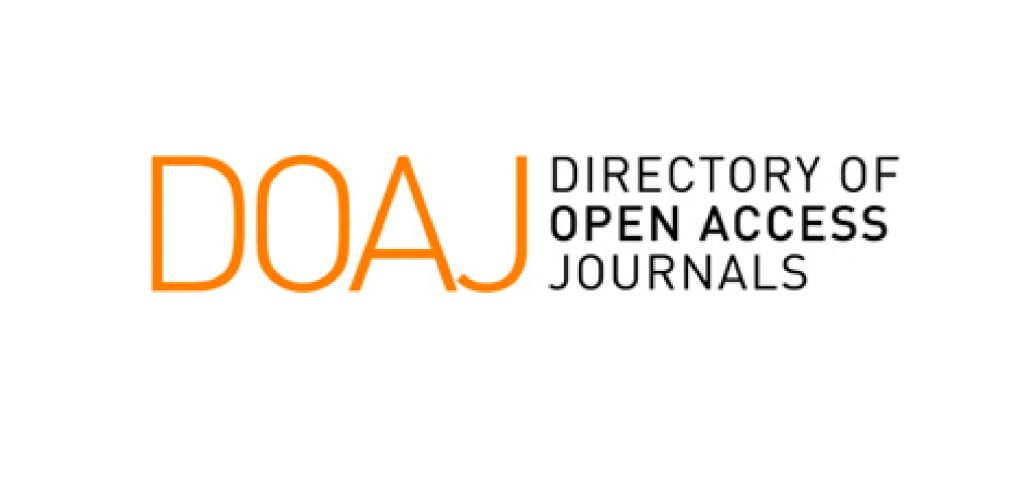COMPARATIVE STUDY OF THREE EXTRACTION PROCESSES OF SECONDARY METABOLITES FROM LEAVES AND STEMS OF ARTEMISIA ANNUA (Asteraceae)
DOI:
https://doi.org/10.57220/jatpb.v1i2.30Keywords:
Artemisia annua, freeze-drying, Hight Performance Liquid Chromatography, infusion, maceration.Abstract
Introduction: Artemisia annua (Asteraceae) is a plant widely used to treat diseases including malaria. Manipulation conditions and treatment of plant influence physico-chemical characteristics and composition, so that objective of this work was to examine extraction processes in order to identify the best process that leads to obtain extracts with optimal pharmacotechnical characteristics and phytochemical properties for drugs formulation.
Methods: From raw powder resulting by spraying stems and leaves of Artemisia annua, 3 types of extracts were obtained; a dry infused, a dry hydro-ethanolic macerate and a freeze-dried infused. These different extracts were then characterized on physico-chemical, phyto-chemical and microbiological levels in order to compare them.
Results: Freeze-dried infused exhibited the highest extraction yield followed by dry hydro-alcoholic macerate and dry infused with extraction percentages respectively of 11.7 ±0.3%, 8.4 ± 0.4% and 6.8 ± 0.3%. Powders tested were fine and had a diameter varying from 0-2.75 µm with a D 50 <125 µm). Lyophilisate had a porphyritic morphology while macerate and infused had respectively a sticky and crystalline appearance. All powders were microbiologically clean and hydro-ethanolic macerate was qualitatively the richest extract in phytochemicals.
Dosage of artemisinin by HPLC showed that freeze-dried infused had the highest concentration of artemisinin (3322.5 +/- 0.637 µg/mL) compared to dry infused (1308.9 +/- 0.105 µg/mL), dry macerate (1296.2 +/- 0.251 μg/mL) and raw powder (2190.8 +/- 0.48 μg/mL). In contrast, phytochemical constituents such as flavonoids were more abundant in macerate than dry infused respectively at 28.7 +/- 0.215 mg EQ/g and 11.4 +/- 0.16 mg EQ/g. Flavonoids concentration were not quantifiable in lyophilizate.
Conclusion: Lyophilization should be the best pharmaceutical processes which permit to obtain a high concentration of artemisinin, the best yield of extract, good moisture content and extract powder highly recommended for herbal galenic preparation forms used to fight malaria diseases.
Downloads
Downloads
Published
How to Cite
Issue
Section
License
Copyright (c) 2023 Rosine Désirée CHOUGOUO-NKUITCHOU KENGNE, Clemence N'Guessan Gnaman Clemence, Sylvain Landry Kouakou, Ernest Djoko, Awa Tuo Kouassi, Arthur Lia, Sandrine Aka Any-Grah, Alain N'Guessan, Ismaël Dally, Armand Koffi

This work is licensed under a Creative Commons Attribution 4.0 International License.






